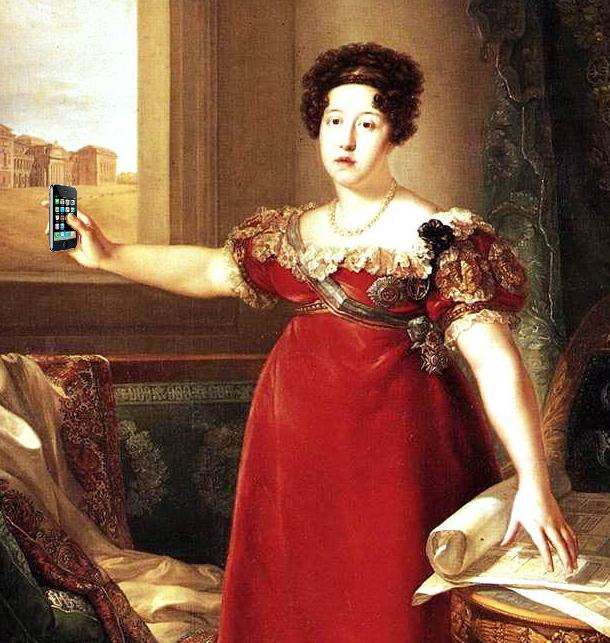Alternative Speculations
While it is difficult to make any overarching claims about precisely how we feel about cell phones as they relate to literacy practices, we might be able to identify some of the ways in which cell phones host different forms of thing–power. Certainly, the documentary project represents only a small number of the significant tensions we feel toward our cell phones and the habits we have developed with them. These tensions have been made  visible through the unorthodox documentary filmmaking methods employed by students in Language, Technology, and Culture, though it must be said different questions would elicit different tensions. Ultimately, I believe the kind of querying methods used in this documentary are less important than the kinds of relationships that have been evoked in the process, as other projects have tackled the thing–power of cell phones through with radically different methods.
visible through the unorthodox documentary filmmaking methods employed by students in Language, Technology, and Culture, though it must be said different questions would elicit different tensions. Ultimately, I believe the kind of querying methods used in this documentary are less important than the kinds of relationships that have been evoked in the process, as other projects have tackled the thing–power of cell phones through with radically different methods.
Examples of alternative projects that query cell phones and how we think of them abound. Here, I am thinking of new media art projects like Jonah Brucker-Cohen’s (2003) Phonetic Faces, which explored privacy and interaction in his real-time “selfie” collage project or artist Giselle Beiguelman’s videos that employed many different models of cell phone—showing how our technologies personalize our sense of space (for an example, see her 2006 work carscapes). Less explicitly digital, Will Coles’s (2005-2008) concrete cell phone sculptures drew attention toward the “heavy” emotional weight of our use of technology. These art projects evoked representations of cell phones’ thing–power, though in very different ways than the Does your Smartphone Make you Smarter? video. Their results are not as quantitative or precise as PEW study surveys, but such projects are able to express the impact cell phones have on our daily habits, attitudes, and literacies. The documentary project that I undertook with students also provided for a way to facilitate critical thinking about cell phones and gave us a unique understanding of their impact upon our literacy practices.
